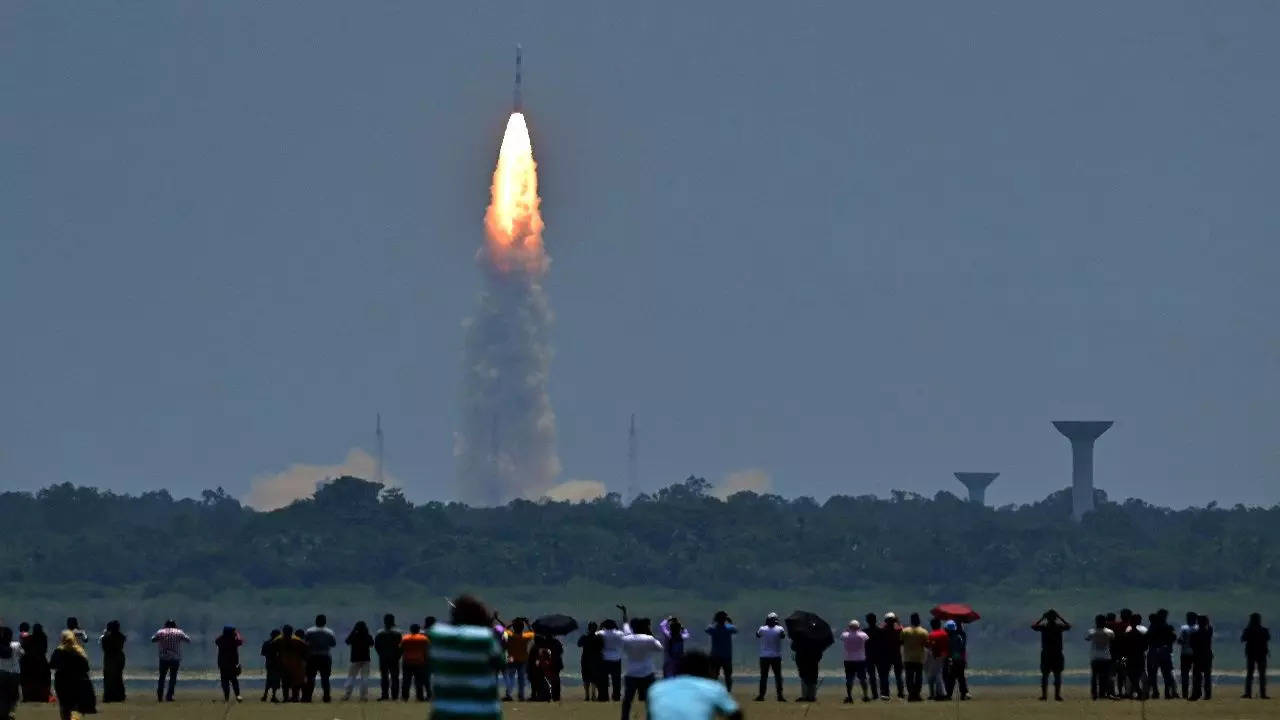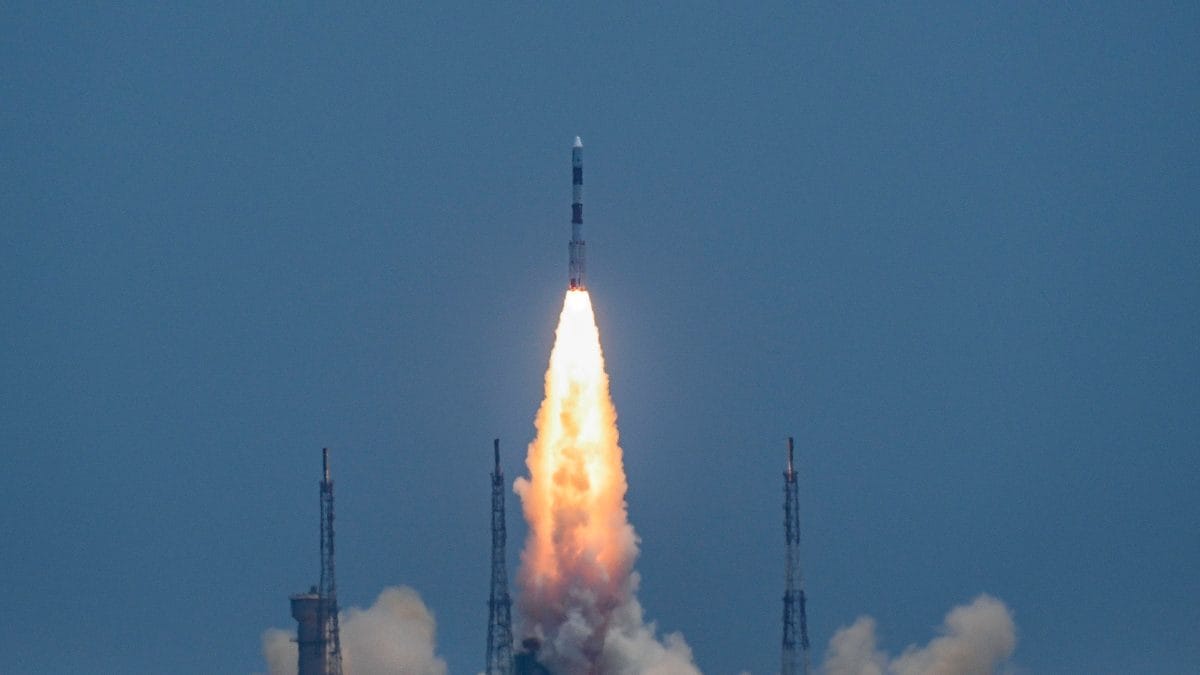CallSignMaverick
SENIOR MEMBER

- Joined
- Mar 12, 2023
- Messages
- 2,266
- Reaction score
- 1
- Country
- Location
Follow along with the video below to see how to install our site as a web app on your home screen.
Note: This feature may not be available in some browsers.













Good to see you looking up on him, have been watching him for about a year or two now. Good man, gives purely scientific details.There is a nice video in youtube about all the instrumentations carried by Aditya L1, watch 'Gareeb Scientist's' channel.

Good to see you looking up on him, have been watching him for about a year or two now. Good man, gives purely scientific details.

4 Kerala PSUs part of India's first solar missionAfter Chandrayaan-3, Hyderabad companies now help power Aditya-L1
View attachment 950694
HYDERABAD: After playing a crucial role in India's hugely successful moon mission --Chandrayaan-3, Hyderabad-based companies, both from the public and private sector, have played a key role in powering the country's maiden solar mission -- Aditya-L1, which was launched by the Indian Space Research Organisation (ISRO) from Sriharikota in Andhra Pradesh on Saturday.
Ananth Technologies Ltd (ATL) supplied critical systems and components for the solar spacecraft, which will study the sun, its effect on weather in space, solar disturbances and their impact on planet earth, as well as the PSLV-C57 launch vehicle that ferried Aditya-L1 into orbit, while defence PSU Midhani supplied critical materials for the spacecraft.
Midhani supplied the Ti-6Al-4V Titanium alloy used in PS4 tank and gas bottles, C-103 Niobium alloy used in PS4 thrust chamber, Superco 605 Cobalt alloy used in PS2 thrust chamber, Ultra High Strength Steel (UHSS) used in motor case and 15CDv6 also used in strap on motor case and base rings.
Ananth Technologies, which has experience in satellite systems design, development and integration, manufactured various avionics packages for Aditya-L1 comprising a range of components such as on-board computers, star sensor, modular EED systems, payload DC-DC convertors, among others.
ATL also supplied 48 subsystems for the PSLV-C57 launch vehicle, which ferried India's first solar space observatory into orbit. These include SARB, NGCP, Quad SBU, tracking transponder and other interface units and conducted a complete assembly, integration and testing (AIT).
First-of-its-kind ground station built for solar mission by ECIL
MTAR Technologies, on the other hand, supplied critical systems for PSLV-C57 such as Vikas engines, electro-pneumatic modules, valves, safety couplers and nose cone.
"We also supplied safety couplers, ball screws for launch vehicle actuation systems, connector assemblies, actuation systems hardware, nose cone, among others for PSLV-C57 launch vehicle used for the mission,” he said.
What's more, the Aditya-L1 space observatory that is hurtling towards the sun, will stay in touch with the earth from a distance of 1.5 million kilometre, thanks to the ground station for communication developed by city-based Electronics Corporation of India Limited (ECIL).
The indigenously built 18-metre antenna was set up by ECIL at Bylalu village, 40 km away from Bengaluru.
"The antenna plays a significant role in the communication system of Aditya mission," ECIL officials said. This is a first-of-its-kind monopulse earth station antenna designed, developed, manufactured and commissioned by ECIL in association with BARC and ISRO.
The antenna system employs state-of-the-art technology to precisely point at the spacecraft orbiting the sun at about 1.5 million km away from earth for acquisition of data and videos.
The ground station was commissioned by ECIL in November 2021 and put into operation from Saturday.
"The antenna is an exclusive station for Aditya support and will receive precious scientific information from the Aditya spacecraft," an official said.
Midhani chairman and managing director SK Jha said the PSU had been supplying specialised metals and alloys to ISRO from its inception to the most recent projects.
ATL too said PSLV-C57 is the seventh launch vehicle that was successfully integrated by its team with five more launch vehicles currently under integration.

After Chandrayaan-3, Hyderabad companies now help power Aditya-L1 - Times of India
After playing a crucial role in India's hugely successful moon mission --Chandrayaan-3, Hyderabad-based companies, both from the public and private sector, have played a key role in powering the country's maiden solar mission -- Aditya-L1, which was launched by the Indian Space Research...www.google.com

Hyderabad companies play vital role in ISRO’s Aditya-L1 solar mission
Hyderabad-based Ananth Technologies & MTAR Technologies aid ISRO's Aditya-L1 mission to study Sun's effects on Earth. Ananth Technologies supplied avionics packages & 48 sub-systems while MTAR Technologies supplied propulsion engines, electro-pneumatic modules & satellite valves.www.google.com

